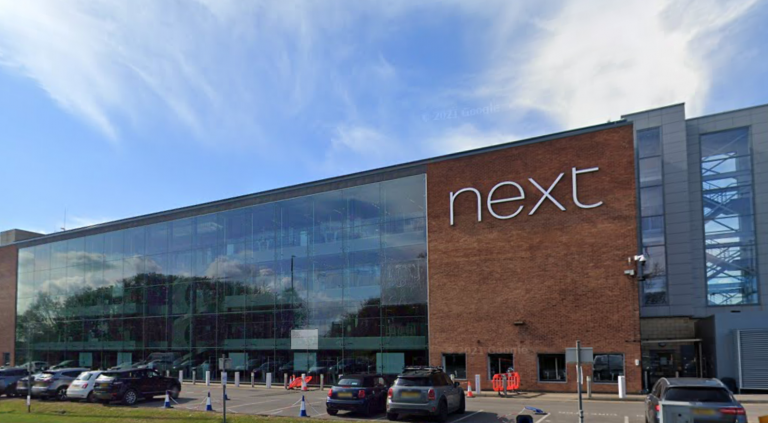Derby City Council is moving toward appointing a contractor to handle the city’s incoming weekly food waste collections, scheduled to start on 31 March 2026. The procurement decision will cover the management and processing of household food waste in line with the Environment Act 2021.
Councillor Ndukwe Onuoha, Cabinet Member for Streetpride, Parks and Leisure, said: “This contract is essential for introducing weekly food waste collections in Derby. Anaerobic digestion provides a cleaner and more efficient method of recycling food waste, converting it into renewable energy and natural fertiliser. Now that the key elements of the service are coming together, we are well on our way to providing our residents with a greener, more efficient waste system.”
The contract, valued at approximately £750,000, will secure a local tipping site within the city boundary and a specialist operator capable of processing food waste through anaerobic digestion. This treatment route will generate renewable energy and produce digestate suitable for agricultural use.
The agreement is planned to run for two years from March 2026, with an option to extend for up to three further years. The extension would support any operational changes linked to future local government reorganisation across Derbyshire.
The council expects the new service to divert around 4,845 tonnes of food waste annually. Food waste recycling is projected to cost significantly less than disposal through general waste. The shift will also lower garden waste processing costs, as brown bins will move to garden-only collections with material composted outdoors. This change is forecast to save roughly £240,000.
Households will receive printed information and new food waste containers from January 2026, ahead of the rollout.












